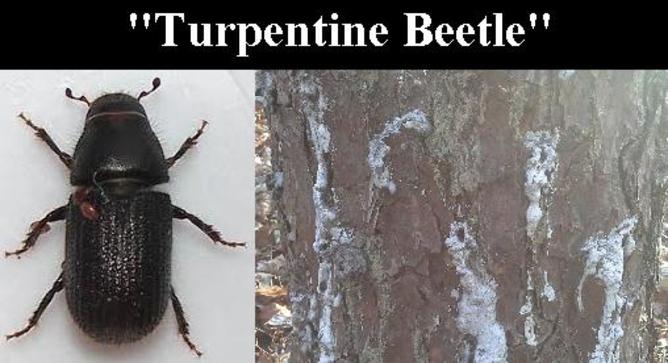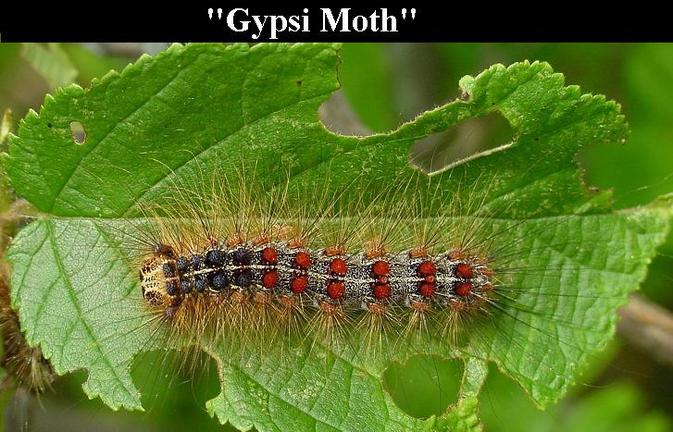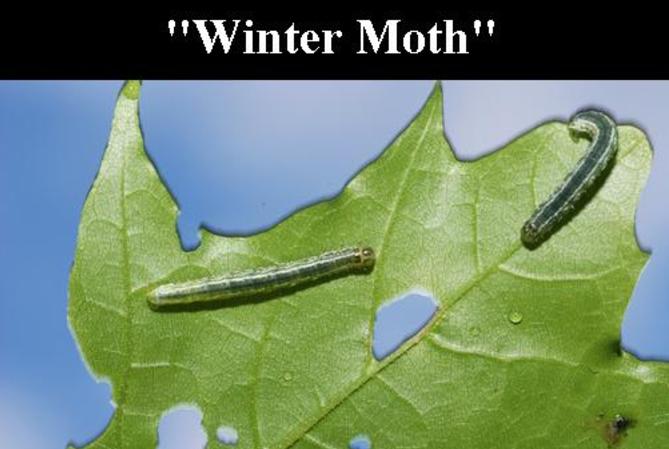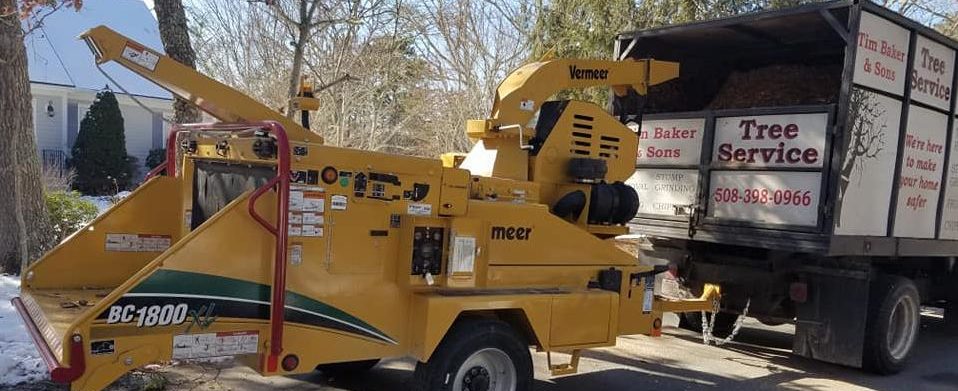Are your Trees Infected?
Here are the Signs & Symptoms of the 3 Major killing insects
Turpentine Beetle
Turpentine Beetle is one of the leading “silent killers” of Pine Trees. Once they bore into a tree, if not treated right away, the tree will die and the Turpentine Beetle will start to infect other Pine Trees in the area.

Signs & Symptoms: Holes in your tree, White Pine Sap, and Dying Branches.
If your Pine Trees are experiencing any of these Signs & Symptoms we suggest you call us A.S.A.P for a diagnosis and treatment plan.
Gypsy Moth
Gypsy Moth is another leading killer of a variety of Hardwood Trees such as Maple Trees, Elm Trees, Oak Trees, Spruce Trees, Poplar Trees, Willow Trees, & Some Pine Trees. During the Caterpillar Stage is when the damage is being done. They feed on the leaves of trees until their larvae stage which begins in mid June or early July. The result of the damage will cause dead branches and if not treated, over time it can cause your tree to die.

Signs & Symptoms: Holes in leaves, Dead branches, & Visible Caterpillars
If your Trees are infected with Gypsy Moth please call us today for a Diagnosis & Treatment Plan.
Winter Moth
Winter Moth is the most common leading killer of Oak Trees, Maple Trees, & Apple Trees. However Cherry, Basswood, Ash, White Elm, Crabapple, and Blueberry trees can also become infected. Winter Moth Caterpillars may also drop or ‘balloon’ onto nearby plants like roses, herbaceous perennials, annuals, etc. The result of the damage can cause dead branches, and if not treated, over time it can cause your trees and plants to die.

Winter moth caterpillars, Operophtera brumata, feeding on a maple leaf
Signs & Symptoms: Holes in leaves, plants, & shrubs, Dying Branches, Plants, & Shrubs, & Visible winter Moth Caterpillars.
If your Trees, Shrubs, or Plants are infected with Winter Moth, please call us today for a Diagnosis & Treatment Plan.
